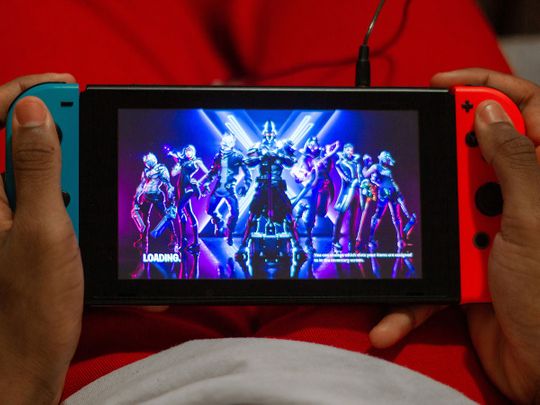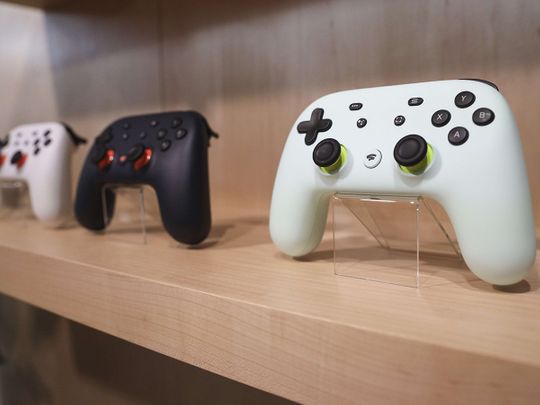Nintendo is reportedly set to release an updated model of its popular Switch gaming console, featuring a larger OLED display manufactured by Samsung. According to insiders, Samsung Display will begin mass production of 7-inch OLED panels with 720p resolution as early as June, with an initial target of under one million units per month. These displays are expected to be shipped to assemblers in July. Both Nintendo and Samsung Display declined to provide comments on the matter.
This move by Nintendo is aimed at sustaining the success of the Switch console, which has been performing well in the market, especially amidst the pandemic. The console has benefited from breakout hits like Animal Crossing, as well as supply constraints faced by its rivals, Xbox and PlayStation. However, as the console enters its fifth year, it faces tough competition from new and more powerful gaming machines offered by Microsoft and Sony.
Speculation in the gaming community regarding the introduction of an OLED screen for the Switch has been ongoing, but Nintendo has not made any official announcements. In February, President Shuntaro Furukawa stated that the company had no plans to release a new Switch “anytime soon.” Nevertheless, Samsung’s involvement strongly suggests that Nintendo is indeed serious about updating the console on a large scale.
Following the news of the upgraded Switch, Nintendo’s stock fell by 3.6% in Tokyo, reflecting a wider market selloff. However, industry analysts from Bloomberg believe that the release of a premium version of the Switch with an OLED display and 4K graphics support could lead to sales surpassing expectations for the fiscal year ending March 2022. This move could also extend the life cycle of the Switch platform.
Yoshio Tamura, co-founder of display consultancy DSCC, highlighted the advantages of the OLED panel, including lower battery consumption, higher contrast, and potentially faster response times compared to the current liquid-crystal display used in the Switch. The new model will reportedly use rigid OLED panels, which are cheaper but less flexible than the panels commonly used in high-end smartphones. Additionally, the upgraded Switch is expected to feature 4K ultra-high definition graphics when connected to TVs. This, however, might pose a challenge for developers who have grappled with resolution differences between handheld and TV modes in the past.
Samsung Display’s involvement in producing OLED panels for Nintendo is beneficial for both parties. Samsung can solidify its production plans and offset falling market prices for rigid OLED panels, while Nintendo secures a reliable partner and supplier, taking into account the current shortage of display-related components caused by semiconductor supply constraints.
Although the new OLED display will have the same resolution as the current Switch and Switch Lite models, it will feature a larger screen size, potentially resulting in a thinner bezel if the console’s housing design remains unchanged.

I have over 10 years of experience in the field of cryptocurrency and blockchain technology. I have attended numerous conferences and events around the world, and my work has been featured in major publications such as CoinDesk, Bitcoin Magazine, and Yahoo Finance.




